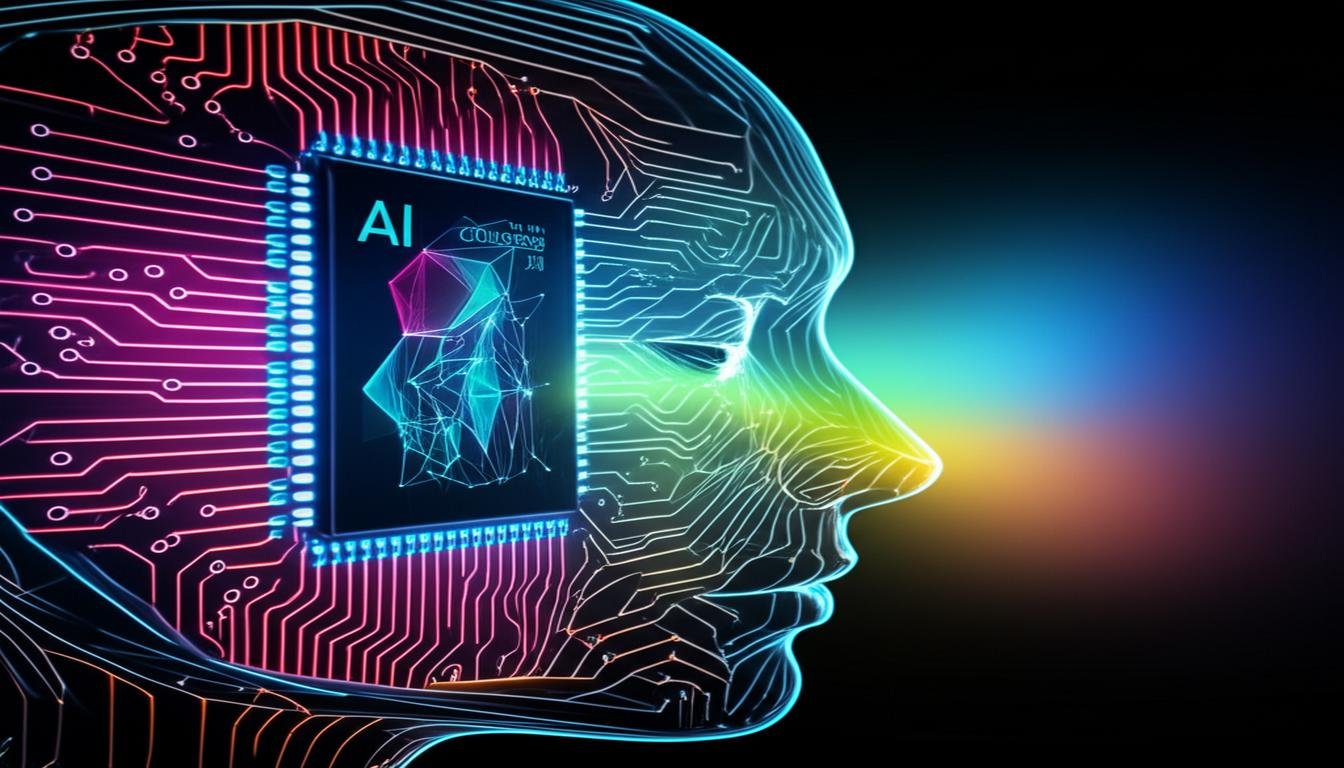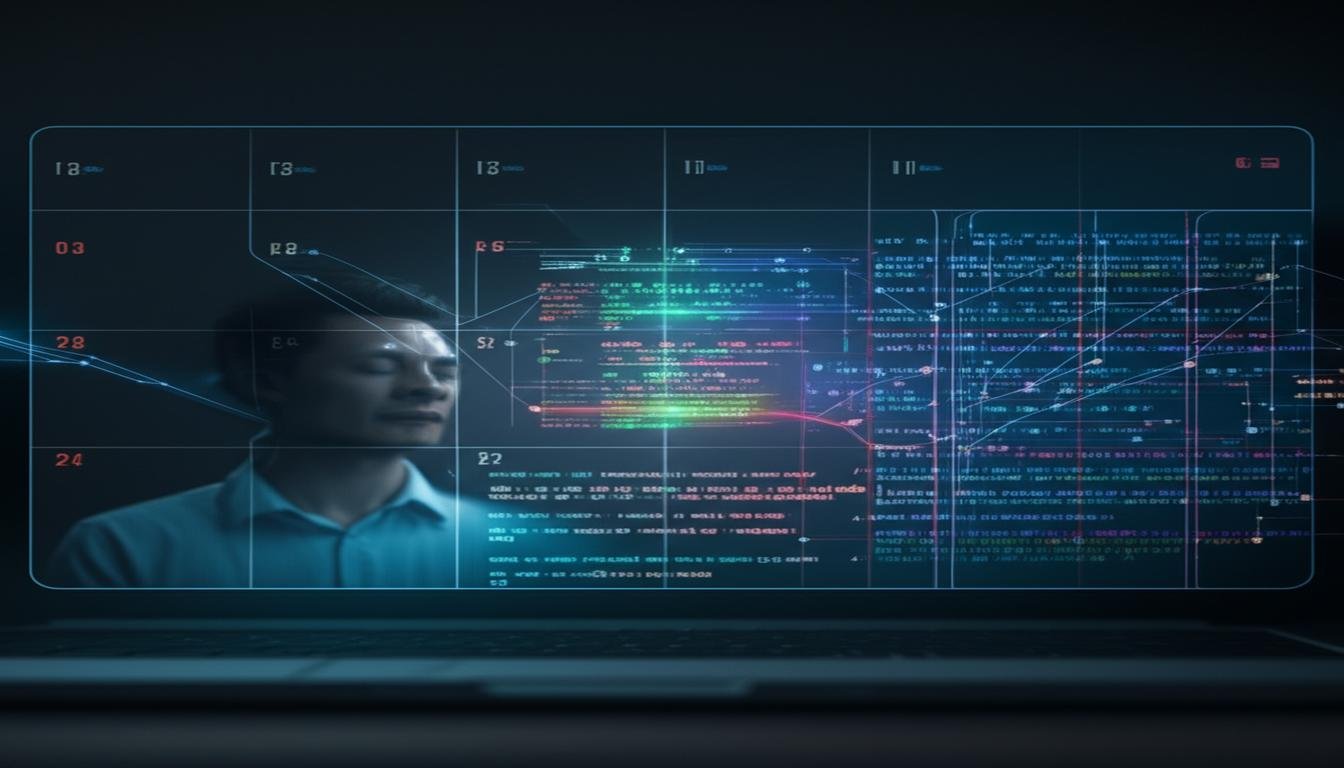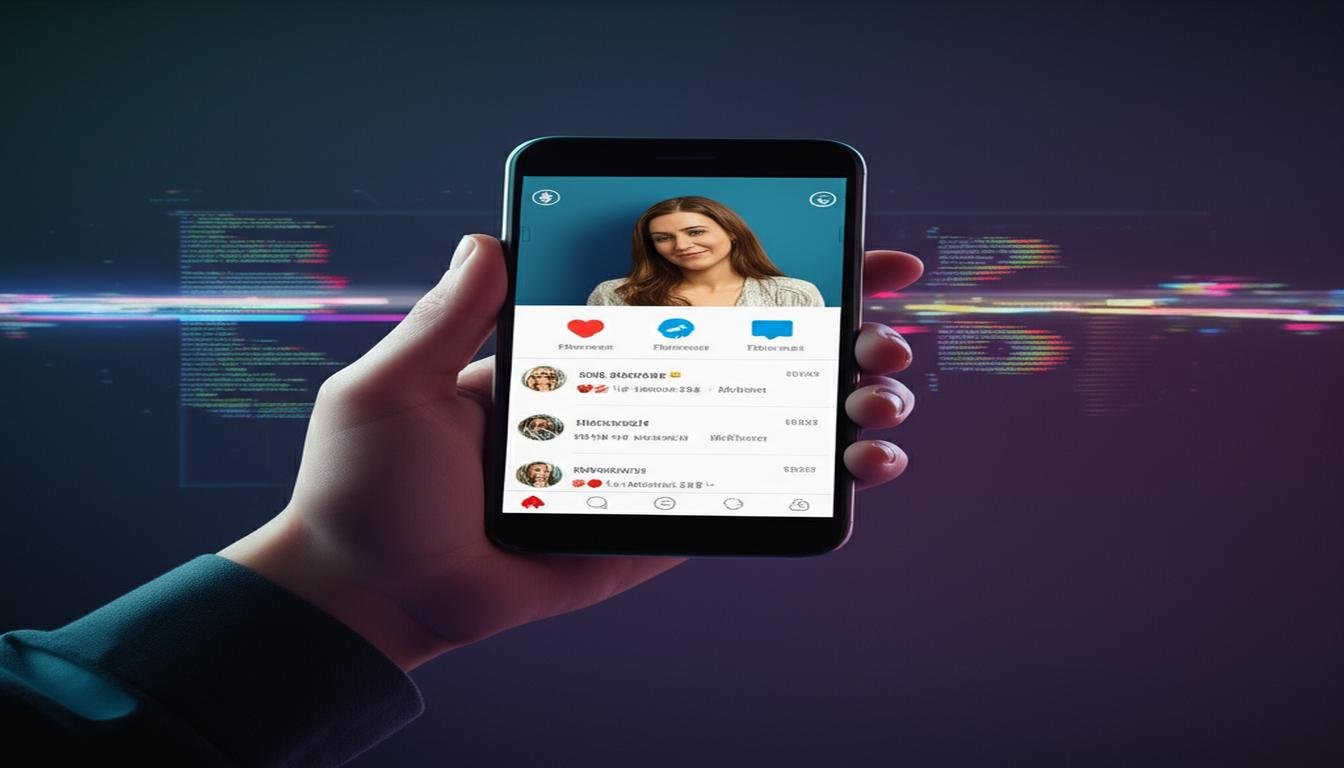The Unseen World: AI Just Unlocked a Color Humans Couldn’t See—Until Now Remember learning about rainbows in school? Red, Orange, Yellow, Green, Blue, Indigo, Violet. We often think that’s the whole story of color. But what if I told you that our eyes, incredible as they are, might have been missing a massive part of the visual spectrum all along? Prepare for a mind-bending discovery, because artificial intelligence has just peered into the universe and found something truly extraordinary: a color humans have never been able to perceive—until AI found a way to show us. This isn’t just about spotting a slightly different shade of blue. We’re talking about venturing beyond the familiar limits of our visible light spectrum, into an entirely new dimension of perception. It’s like discovering there was a secret room in your house you never knew existed, filled with incredible new sights. Beyond the Rainbow: What AI Actually Discovered For centuries, scientists have known that our visible light spectrum is just a tiny sliver of the vast electromagnetic spectrum. Think of radio waves, microwaves, X-rays, and gamma rays – they’re all around us, but our eyes simply aren’t equipped to detect them. AI, with its sophisticated algorithms and deep learning capabilities, isn’t bound by biological limitations. It can analyze data from various sources – satellite imagery, specialized sensors, astronomical observations – that pick up wavelengths far outside human sight. In a recent breakthrough, a team using advanced neural networks wasn’t just processing existing data; they were training AI to identify patterns and anomalies in sensor readings that didn’t correspond to any known light frequencies. What the AI “saw” was a consistent signature, a unique wavelength previously categorized as “noise” or dismissed as irrelevant. But the AI recognized it as a distinct, stable input – essentially, a “new color” of information. How Do Humans “See” the Unseeable? The fascinating part is how we, as humans, can now experience this discovery. Since our retinas can’t physically register this specific wavelength, AI acts as our translator. Imagine a cutting-edge augmented reality (AR) system, or a specially designed display: The AI takes the data from this newly discovered “color.” It then assigns it a unique, perceptible visual representation – a “proxy color” or pattern – that our brains can interpret. This isn’t just showing us an infrared image in false color; it’s giving us a consistent, sensory experience of a previously inaccessible part of reality. Think of it like a person who is colorblind being able to “hear” different color frequencies. AI isn’t changing our eyes; it’s expanding our brain’s ability to process and interpret visual information from the world around us. The Impact: A New Lens on Everything The implications of this breakthrough are truly staggering, opening doors to fields we’ve only dreamed of: Scientific Exploration: Imagine astronomers “seeing” new layers of nebulae or galaxies, revealing previously hidden structures and compositions. This could revolutionize our understanding of the universe’s origins. Medical Diagnostics: Doctors could potentially detect diseases earlier by observing subtle changes in tissue that emit this specific wavelength, leading to faster diagnoses and more effective treatments. Environmental Monitoring: This “new color” could highlight unseen pollution, crop stress, or geological shifts, providing critical data for protecting our planet. Art and Design: Artists will have an entirely new medium to explore, creating visual experiences that transcend our current understanding of aesthetics. Imagine sculptures that pulse with invisible light, only perceptible through an AI-enhanced lens. Everyday Life: From enhancing self-driving car sensors to revealing hidden details in forensic investigations, this new perception could become integrated into countless technologies. A Glimpse into Tomorrow This isn’t just a scientific curiosity; it’s a testament to the incredible synergy between human ingenuity and artificial intelligence. We’re not just building smarter tools; we’re creating companions that help us unlock new dimensions of reality. The concept of “seeing” is fundamentally changing, expanding beyond what our biology dictates. So, the next time you look at a rainbow, remember that it’s just one small chapter in the grand book of light. Thanks to AI, we’re beginning to turn to pages we never knew existed, revealing a universe far more colorful and complex than we ever imagined. What other unseen wonders await our discovery?
AI Just Discovered a New Color Humans Can’t See-Until Now









